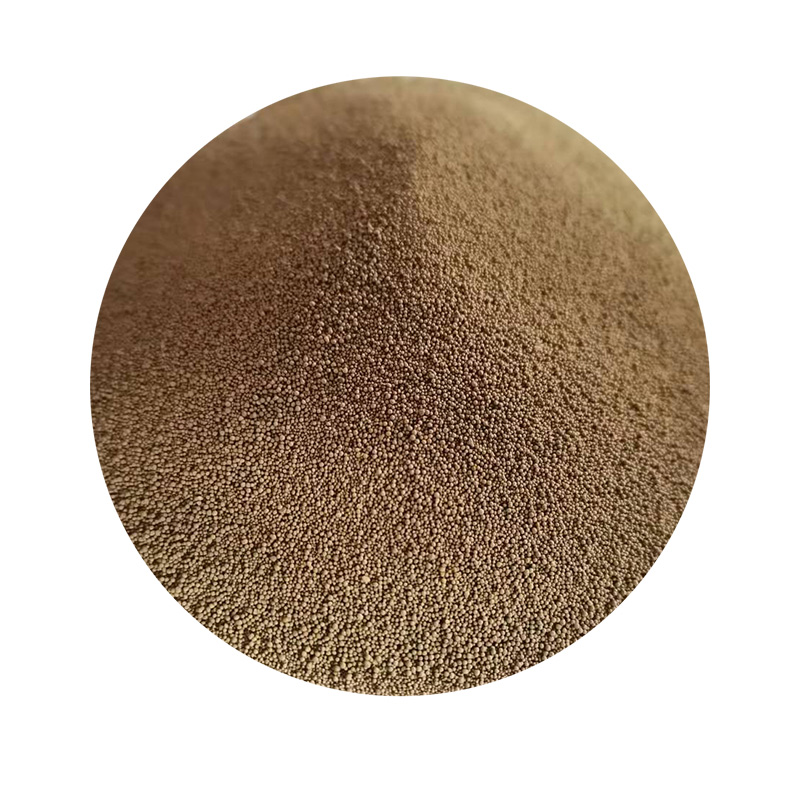The Evolution of Sand 3D Printing Revolutionizing the Construction Industry
In recent years, 3D printing technology has revolutionized various industries, from healthcare to aerospace, but one of the most groundbreaking applications is found in the realm of construction. Sand 3D printing, a process that utilizes sand as the primary material for creating structures, is laying the foundation for a new era in building methods. This innovative technology harnesses the capabilities of additive manufacturing to not only reduce waste but also increase efficiency and expedite project timelines.
At the heart of sand 3D printing is the use of a binder that adheres sand particles together to form solid structures. This process begins with a digital design, typically created using computer-aided design (CAD) software. Once the design is ready, the printer systematically lays down layers of sand and activates the binder through various methods, including inkjet printing. Each layer is precisely added until a complete object or structure is created, ready for further processing or finishing.
The Evolution of Sand 3D Printing Revolutionizing the Construction Industry
Moreover, sand 3D printing drastically minimizes material waste, a significant concern in conventional construction practices. With methods like subtractive manufacturing, excess material is often discarded or rendered unusable. However, because sand 3D printing is additive, it uses only the amount of material needed to achieve the desired result. This aligns well with modern demands for sustainability, as the construction industry seeks to reduce its environmental footprint and embrace eco-friendly practices.
sand 3d printing

In addition, the versatility of sand as a material opens up a plethora of possibilities for architects and designers. Structures can now be crafted with complex geometries that were previously deemed impractical using traditional methods. This freedom of design fosters creative expression and encourages innovation, allowing for the construction of structures that are not only functional but also aesthetically pleasing. From intricate facades to entire buildings with unique shapes, the sky truly is the limit when it comes to what can be achieved with sand 3D printing.
On a larger scale, sand 3D printing demonstrates significant potential for solving urgent global challenges. As the world grapples with issues like rapid urbanization, housing shortages, and climate change, alternative construction methods become critical. Sand 3D printing could provide affordable housing options in disaster-stricken areas through rapid deployment of structures, and it can utilize locally sourced materials, reducing transportation emissions and costs.
However, as with any emerging technology, challenges remain. The regulatory landscape surrounding 3D printed structures is still evolving, and there is an ongoing need for standards and best practices to ensure safety and durability in construction. Additionally, further research is required to optimize the material properties and scalability of the technology for large constructions.
In conclusion, sand 3D printing represents a significant leap forward in construction technology, offering solutions that prioritize efficiency, sustainability, and creativity. As the industry embraces this innovative method, we can expect to see a transformation in how we think about building design and construction, paving the way for a more sustainable and resource-efficient future.
Post time:Jul . 26, 2024 07:08
Next:Understanding the Sand Casting Foundry Process for Efficient Metal Casting Production Techniques
